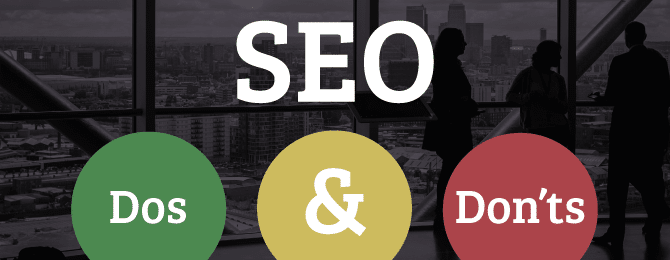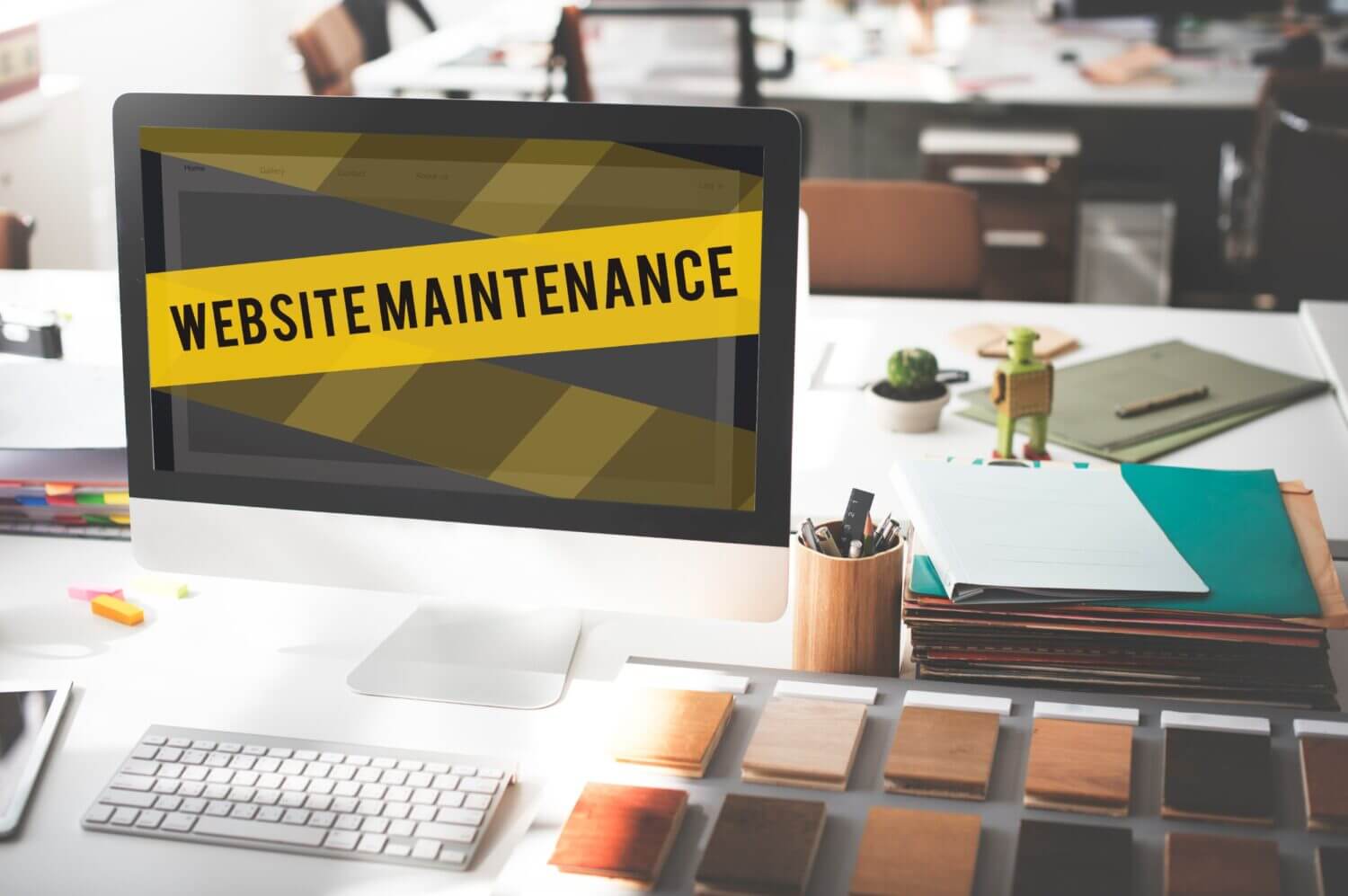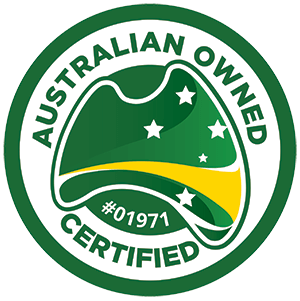Search engine optimization (SEO) is an important element of bringing visitors to your website. In fact, it is the most important element. It involves everything from the layout of your website, to choosing fonts, to the articles and content on your website. All of this should be organized around the idea that you want to attract your target audience to your website.
There are ways to do SEO and ways that you should not do SEO, sometimes termed “white hat” SEO or “black hat” SEO respectively.
1. Focus on your target market – Every aspect of your website from the colors, to the images, to the words needs to be focused toward your target audience. Don’t choose any type of SEO or SEO strategy that ignores your target audience. Even if it’s a popular SEO strategy, if it won’t work with your target market don’t do it.
2. Design user-friendly navigation – How your users get around your website is as important as any other aspect of your site because if users can’t get around, they’ll click off. It won’t matter what brought them there. Don’t use design that doesn’t take into consideration how your target audience uses things. The age, technical ability, and other demographics of your target audience matter a great deal when deciding upon a navigation structure.
3. Details, details, details – Every page should be an entry point. Think of that from your users’ standpoint. What do they see on each page? In terms of SEO, all details matter. Descriptions should be on every page, one or two focused keywords should be represented on each page, navigation should be clear, and every piece of content should have a call to action.
4. Continuous new content – Every website needs keyword-rich, user-centric content to be updated on a continuous basis. Updates of three to five times a week will encourage search engines to index your site often, but it will also encourage your readers to revisit your website.
5. Create sitemaps – A sitemap will help search engines index your website, but it will also help you better organize your website. Create a sitemap before you build your site, and keep the sitemap in mind, and keep updating it as you build on to your site. Don’t overlook the importance of creating a sitemap. Google has a sitemap generator that works great. Creating an XML sitemap will help the search engine know what pages are most important in your site.
6. Earn relevant incoming links – Linking out to authority sites is still an important aspect of SEO. But today it’s important to earn the links back to your site rather than just randomly linking to them. Write a post about the authority; write a guest blog post for the authority site. Don’t write for article marketing sites that allow any type of content; ensure that it aligns with your niche.
7. Spotlight keywords – Generate at least 100 keywords for your niche, then have each page on your site focus on two or three keywords. Use keywords within the content, on the anchor text, and in descriptions for your website. Don’t use unnatural keywords that do not make sense within the content of your site, and don’t try to appeal only to search engines. Appeal to your users and the ranking will naturally improve.
8. Educate yourself – SEO continuously changes and updates. Therefore, it is important to keep yourself up-to-date on the changes. Google Webmaster Tools, as well as other search engines’ webmaster tools and information, is a great place to start. Don’t rely on tricks like keyword stuffing, buying inbound links or buying traffic.
Remember that SEO is a long-term strategy and it is ever changing. Don’t be frustrated by that fact. As you learn to focus most of your efforts on your target audience, providing the most tools, and solving the most problems for that target audience, SEO will become practically second nature.






